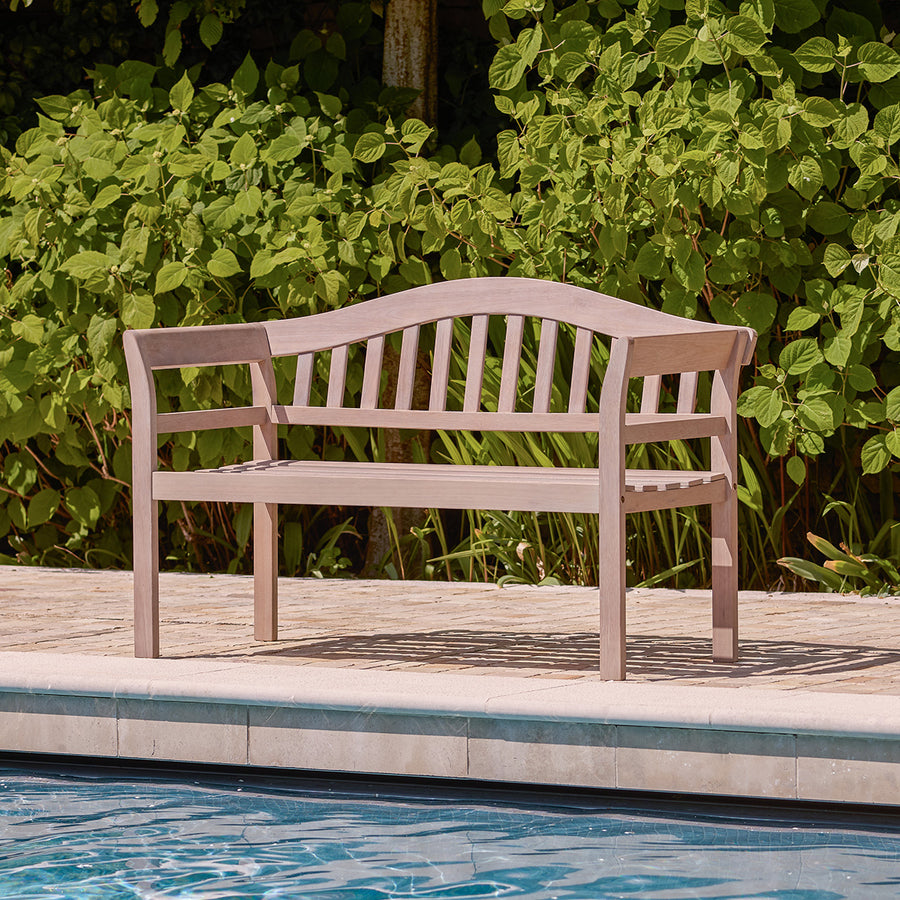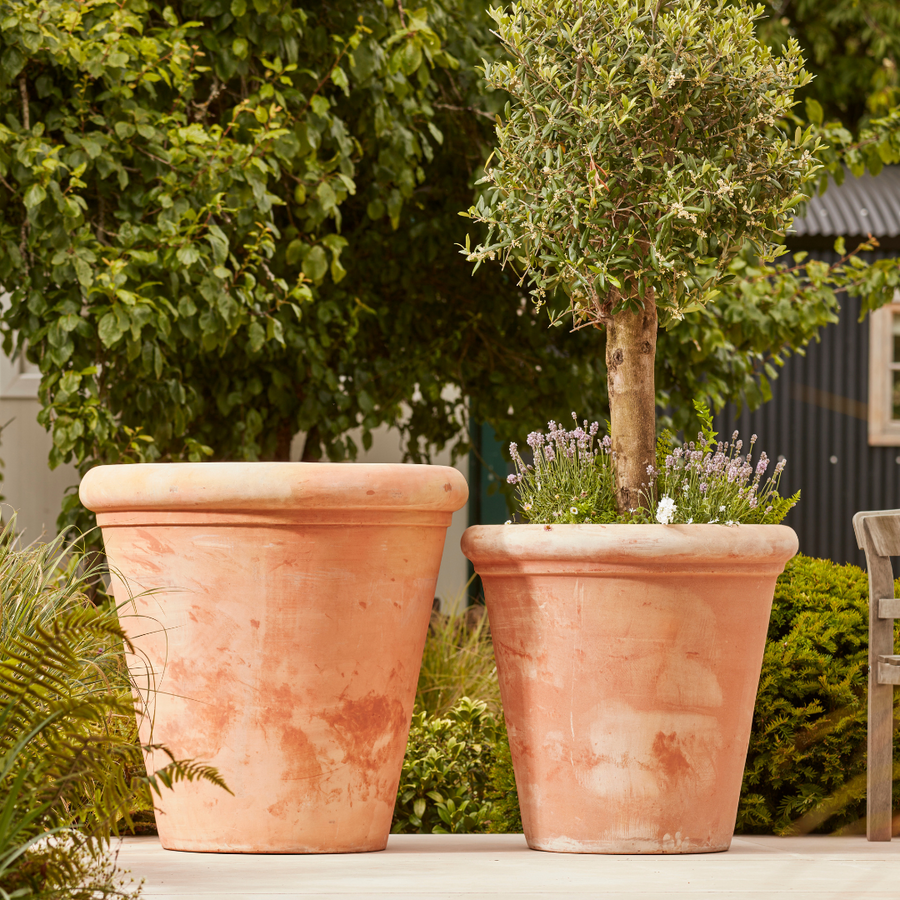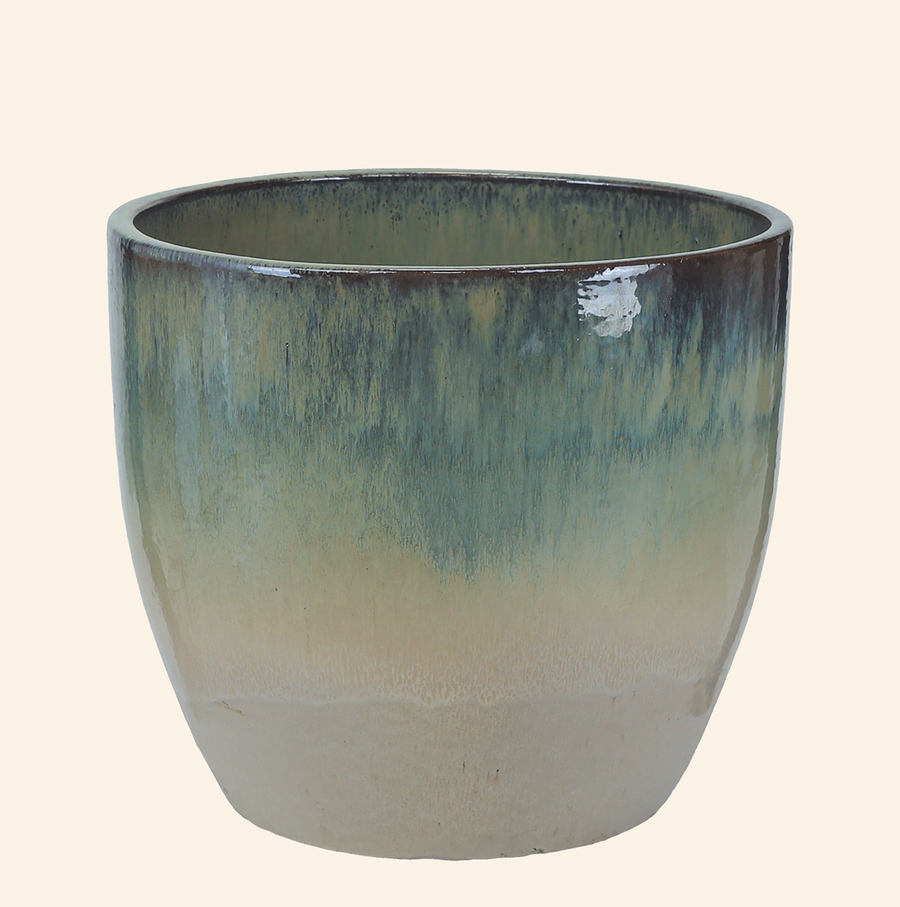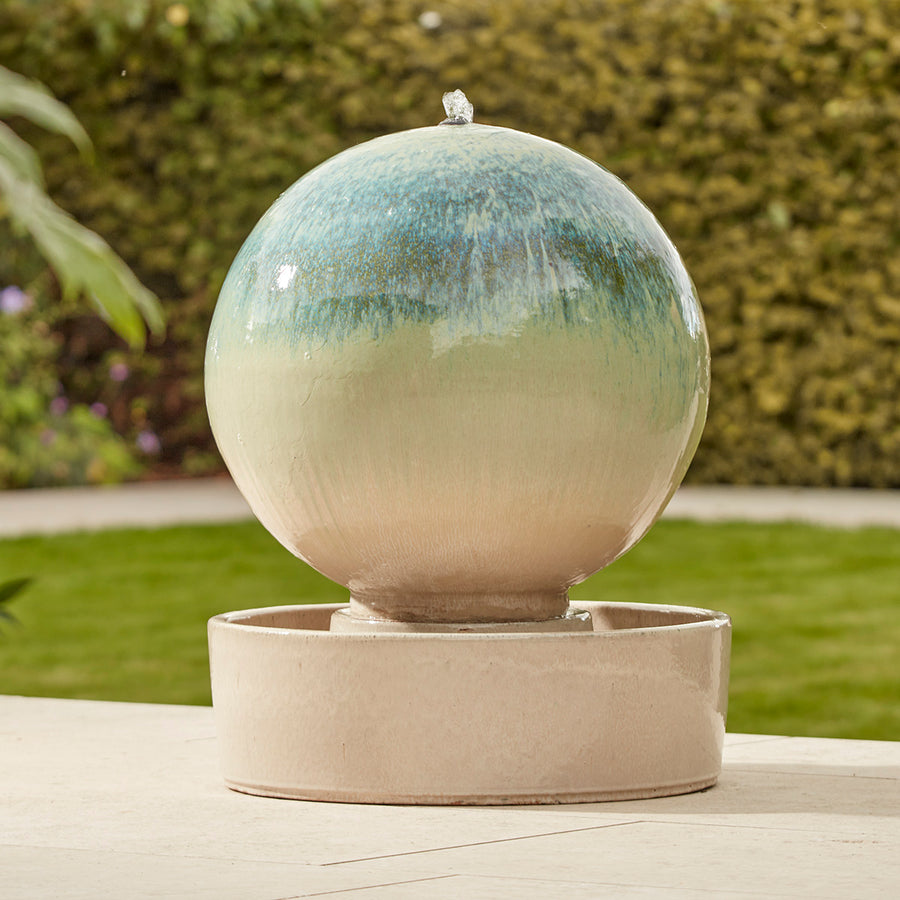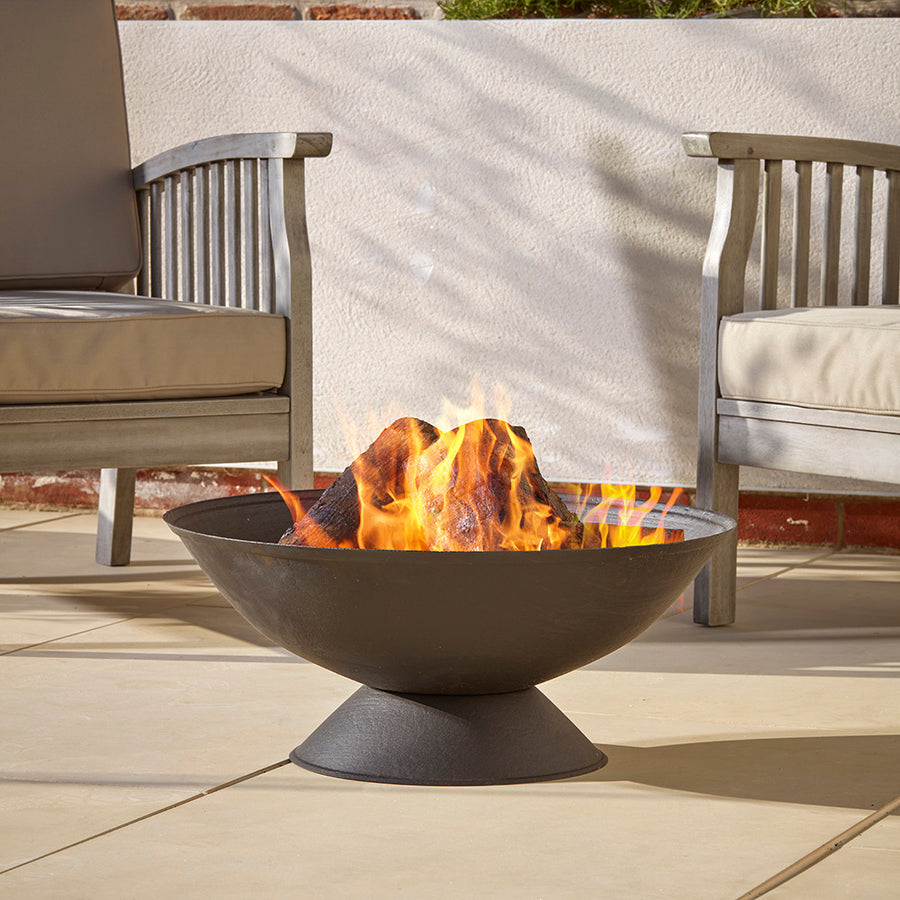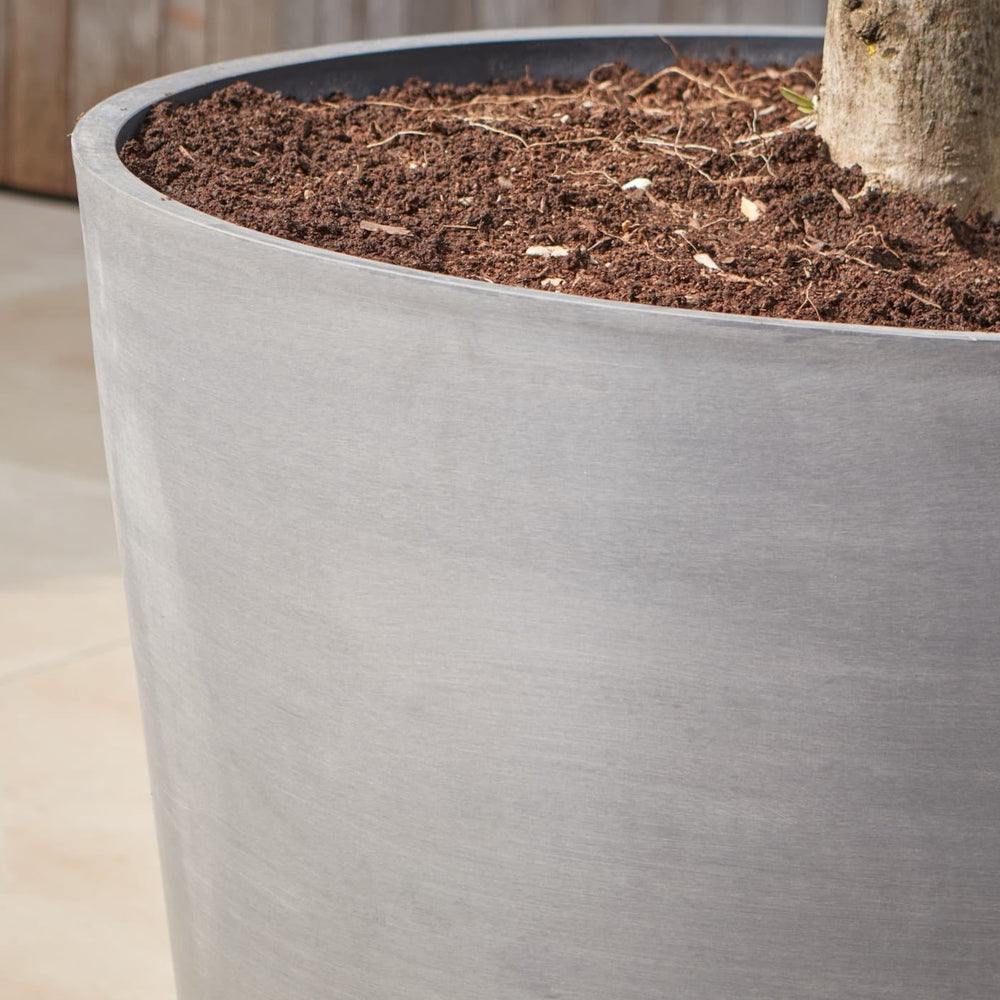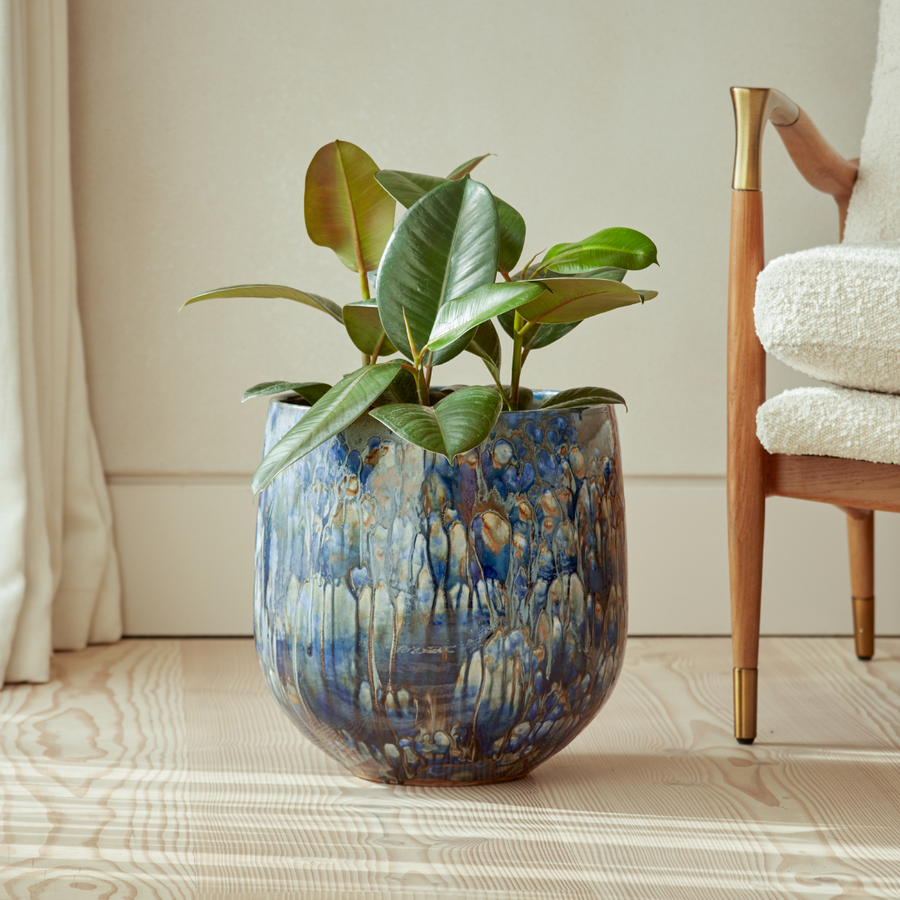A Handy Guide to Our Plant Pot Sizes
Even before you buy the plants for your container garden, you will need to figure out what size of pot you’ll want to plant them in.
One of the most important considerations is the size of the pot. For example, if you want to grow a fruit tree in a container, you will need to make sure it is big enough for the tree. In a too-large pot, the soil will dry slowly, making your plant more susceptible to root rot. If too small, the soil dries quickly and the plant will quickly become root-bound with stunted growth.
We’ve put together a handy guide so you can select the correct container for your plant to thrive.
Measuring
Nurseries and growers tend to sell plants at different stages of growth. The below guide should help decipher what potted plant you have purchased and make sure you get the most out of your plants.
9cm diameter Pot
The smallest pot size available with the measurement being the diameter of the top. These are common with online retailers and are often made up of young herbs, perennials and shrubs.
2-3L (19cm diameter) Pot
Climbing plants, both vegetables and ornamental plants are sold in this size. This is the normal size used for most shrubs and perennials so they establish quickly.
4-5.5L (22.5cm diameter) Pot
Roses are sold in these size pots as their roots grow deeper than other shrubs.
9-12L (28cm to 30cm diameter) Pot
The standard size for 1–3-year-old trees. Many nurseries use these sizes for 'specimen' plants
15-100L (33cm + diameter) Pot
Trees are available in a large number of pot sizes in this size range. The rule of thumb is the larger pots, the older and more mature the trees which will provide instant impact in your garden.
How to choose your Gardenesque pot
Flower pots come in all shapes and sizes. Your plant should always live in a planter that is slightly larger than the plant itself as they will need enough space for their roots need to grow without becoming pot bound.
Select your plant and note the diameter of the growing pot it is planted in from the list above. Our plant pots can be measured in two ways:
- The volume of the pot in litres (common in larger pots and planters)
- They can also be measured by the diameter across the top, their height and width. (Usually displayed in either centimetres or inches)
When choosing a pot for both outdoor and indoor plants, choose a pot that is 1-2 inches larger than the current size its planted in. If the pot size is more than 10”, choose a pot that is 2-3 inches larger in diameter. The container should be about half the height of your plant. Using this design principle, a 9-inch pot would suit an 18-inch plant.
Plants such as many succulents that have shallow root systems don't need deep containers. Low bowls with less than 6 inches of soil are perfect for growing small succulents.

Herbs and shallow-rooting crops like lettuces, strawberries and salad leaves can grow in 6 to 12 inches of soil so try out Kitchen Herb Planter or Ellham Metal Windowsill Farmhouse Trough Planter for size.
Annuals and perennial plants ideally need a soil depth of 12 to 18 inches, making our Clayton Lattice Pots or Loudon Classical Planters ideal homes. Shrubs need a soil depth of 18 inches to 24 inches so the largest of our Claudius terracotta garden pots will compliment your display perfectly. Likewise, tomatoes, potatoes and fruit bushes will require 24 inches of soil, so invest in Our Clayton Grande Terracotta Pot to ensure a bountiful harvest.
Plants with deep roots need tall pots so the roots have plenty of room to grow downward. If you’re thinking about something deep-rooting like a rose or vine, our Clayton Large Terracotta Pot can be planted with your climbing plants trained on a pergola or trellis.
Both ornamental and fruit trees need soil that’s 2 to 3 feet deep. Our Arezzo Large Terracotta Pots can accommodate the most decadent of plant arrangements and trees.
Looking for more potting and planting advice?


